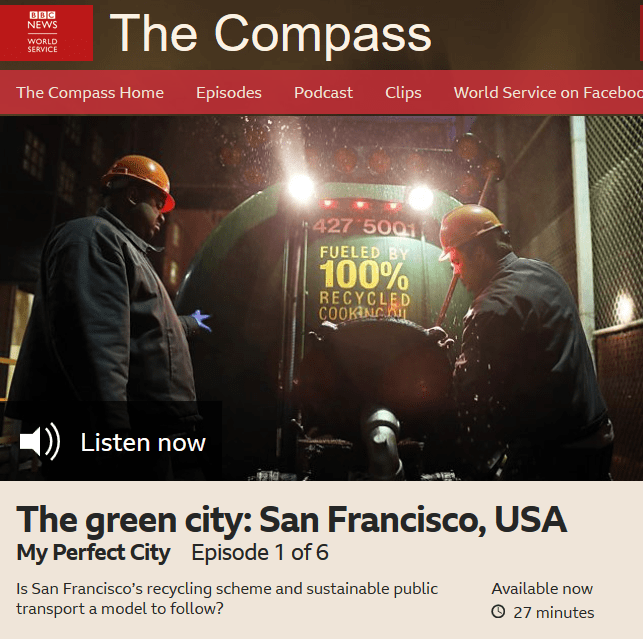Living in the Sanctuary offers several significant advantages over other locales. We experience diversity at all levels, we have sustainability, and we have the unbridled collective love of all and for each other.
Another benefit of living in the Sanctuary is the rejuvenating abilities of the air itself. Many of California’s (and the world’s) cities are choked with car fumes and industrial pollution. The Sanctuary has a low energy manufacturing base that is almost exclusively green and is making products with the mind and not with the hands. The BBC has nominated San Francisco as the Green Energy Capital of the world.

Some are convinced that living in a sterile environment will extend life. The reality is that without our bodies having a constant conversation with the bacteria and viruses and fungi around us we lower our resistance to such entities and can become ill. There is much research that shows that early isolation from such diversity actually causes asthma and other respiratory problems as well as life threatening allergies.
The Sanctuary is a place of diversity. With our embrace of all lifestyles we allow public elimination of our bodily byproducts. Often, these byproducts are even distributed on sidewalks and other surfaces by the more adventurous among us. Far more than 150,000 pounds of such diverse materials are deposited on the pedestrian ways of San Francisco each month.
These byproducts then dry and flake like microscopic dust particles and float in the air like gentle flakes of snow. The particles are so small that they are easily absorbed through the lungs and into the bloodstream and then sent throughout our entire bodies.
Thus, each day in the Sanctuary, and especially in the central city of San Francisco, is one of an interface not only with people but with microscopic entities that will make us stronger and so much more resilient.
This is celebrated to a great extent by our H-1B visa holders who predominately come from India where more than 70% of all human waste is released onto the open ground and thus not confined to toilets and their constricting interlinked sewer systems.
Further, many of the people of India feel that elimination includes the separation of the body from the soul and the body’s release into a Holy River like the Ganges. While the Sanctuary doesn’t have a river it does have a magnificent bay and it is conceivable that sending the departed out to sea with the tide might be a relevant compromise.
In India, there have been problems and one solution has been to release more than 25,000 flesh eating turtles into the Ganges to consume the thousands of tons of human remains floating downstream.
Diversity is our strength and plans are being made to offer not just “Self Choice” and composting for our pre and post departed but some sort of waterborne ceremony of releasing them into the Pacific. With the seal population as large as it is in the bay, there is little concern that we might be required to add turtles to help them make the transition from flesh to flesh and ashes to ashes.